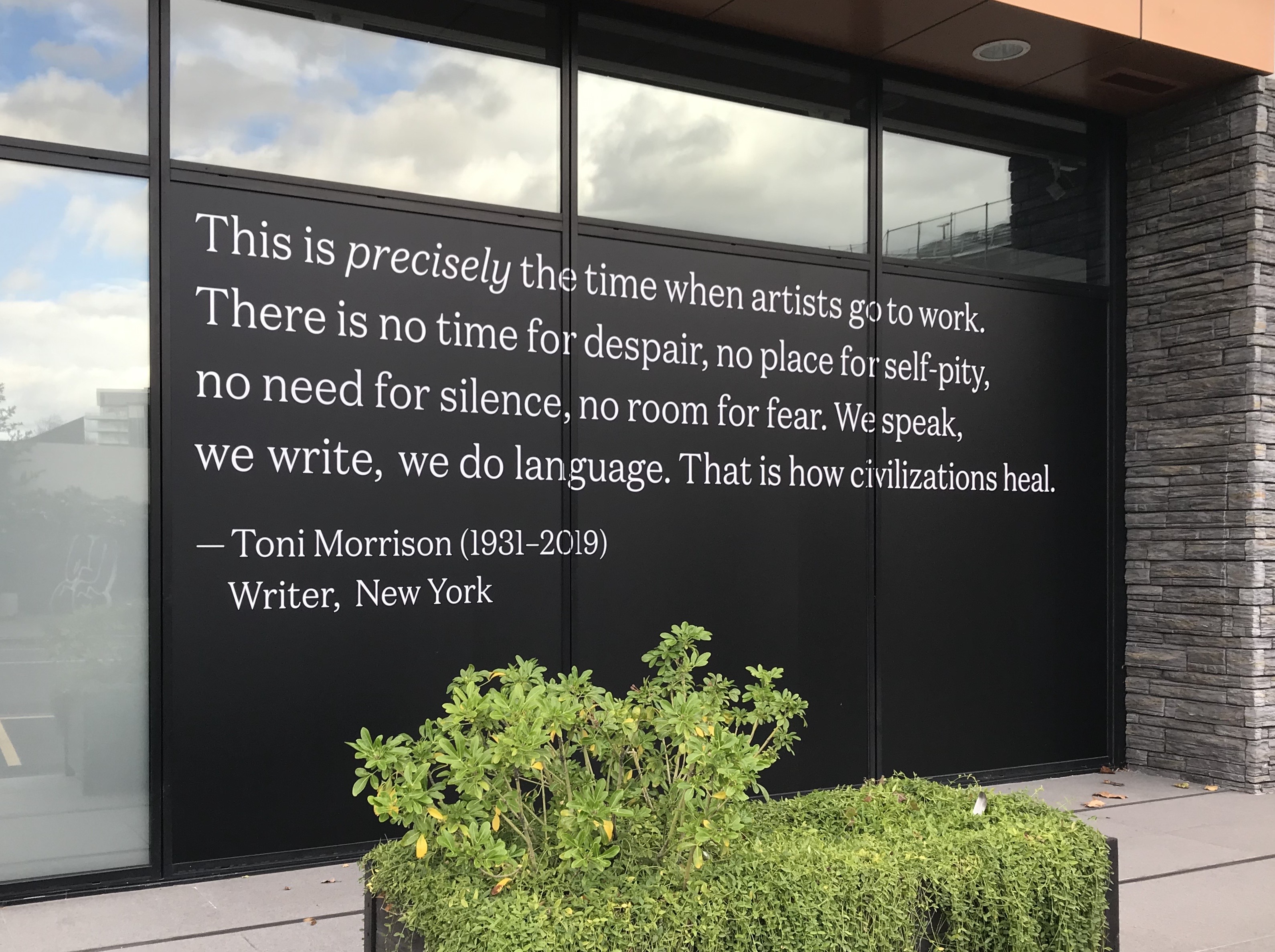Of the many things I owe my grandfather, one is my appreciation for N.C.Wyeth. A collection of the Wyeth-illustrated classics sat on a short, four-sided bookcase in his living room (alongside several books by Hendrik Willem Van Loon), and whenever I visited, I’d spend time lying on the carpet next to this shelf, pulling out book after book to relish Wyeth’s rich, chunky drawings.
Soon after my daughter was born, Scribner’s began reissuing these books, and I now have my own collection. Classics by R. L. Stevenson, Sir Arthur Conan Doyle, James Fenimore Cooper, Marjorie Kinnan Rawlings, Charles Kingsley, books I’d never have read without those drawings to tempt me into them, to find out what led to that cliff-top wrestling match in The Last of the Mohicans, or the clashing knights in The Boy’s King Arthur.
Masted ships battle stormy seas, men creep through forests or down rat-infested stairs, a lonely miser eats his gruel in a bleak Scottish house. It didn’t bother me that the women in these books did little besides wait for their men to return from adventures. The stories were thrilling and Wyeth’s illustrations satisfied my need for rich color. These are traditional heroic works, with recognizable stereotypes (the nobel savage appears frequently in Wyeth’s drawings).
Wyeth (1882-1945) grew up on a farm, and began drawing at an early age. Luckily, his mother recognized his talent and sent him to an art school, and within a few years, he was one of Howard Pyle’s students in Delaware. At 20, his first published illustration appeared on the cover of The Saturday Evening Post, and he worked steadily from then on.
His early works were of scenes from the American west — broncos, Navajo men and women, cowboys, gun fights and bar scenes. One painting shows a single Native American standing on a snow-covered rocky hill, his wind-blown cape swinging to one side and almost obscuring an eagle behind him. The sky is gray, with the slightest hint of a sundog haloing the man’s figure. His hand is at his mouth, as though he were astonished to be still attached to the earth in that high wind, or stunned by something he sees in the distance.
Scribner’s Illustrated Classics series began in 1911 (Wyeth was not yet 30), with Treasure Island. By 1939, he had illustrated 25 other classics for Little Brown, Houghton Mifflin and Cosmopolitan, as well as Scribner’s. Meanwhile, Wyeth was also completing drawings for calendars, commemorative and historical publications, and murals. His ads (you can see some of them here) are definitely from a world more accepting of stereotypes, yet you can’t help admiring the beautiful sense of color and composition. Scroll down for the surprise– a non-Western scene so sweet, it’s like a piece of candy.
Wyeth eventually settled in eastern Pennsylvania and created an artistic dynasty (son Andrew and grandson Jamie are the most famous members). He and another grandson died in a tragic accident at a railroad crossing, yet he already had thousands of drawings to his credit (one book has a 120-page annotated bibliography of all his work). His house and studio are now part of a museum in Chaddsford, Pennsylvania, where exhibits feature work by several American illustrators and artists.
I still love pulling these books off the shelf, to look at the luscious paintings, the impasto of gold or cream so rich it’s almost edible. They take me back to a childhood centered around books and reading, to summer days in a hammock, to dreams of knights on horses and bagpipers in Scottish glens. Thanks, Mr. Wyeth.





They say that your first strong remembrance (sitting in a pram, an argument with a sibling, the smell of the seaside, say) is a strong indication of your essential adult philosophy.
I suspect that our favourite children’s book illustrations have a strong effect not just on our imagination but also colour our basic outlook on life: full colour illustrations or monochrome pen-and-ink drawings? semi-abstract pictures or photo-like images? I like to think my memories of muted technicolor illustrations represent my optimistic but restrained approach to life…
Lovely choice of illustrations, by the way!
LikeLike
Aha! My early appreciation for Wyeth explains my non-stop craving for rich desserts. Something to blame other than my lack of self-control.
Glad you like the illustrations. It was difficult to select only 3.
LikeLike
I’d all but forgotten these wonderful treasures. Thank you for reminding me, and impelling me to delve into the beauty of Wyeth’s rich paintings.
We used to read The Book of Knowledge for hours in my grandmother’s front yard. I loved the stories and the line drawings. Books from that time period are priceless or is it the memories they left us with that are?
LikeLiked by 1 person
Thanks for visiting my blog, Pamela, and for responding. As for what gives these books their value — no doubt it’s a combination of many factors, but memories tied to early readings must play a big role.
LikeLike